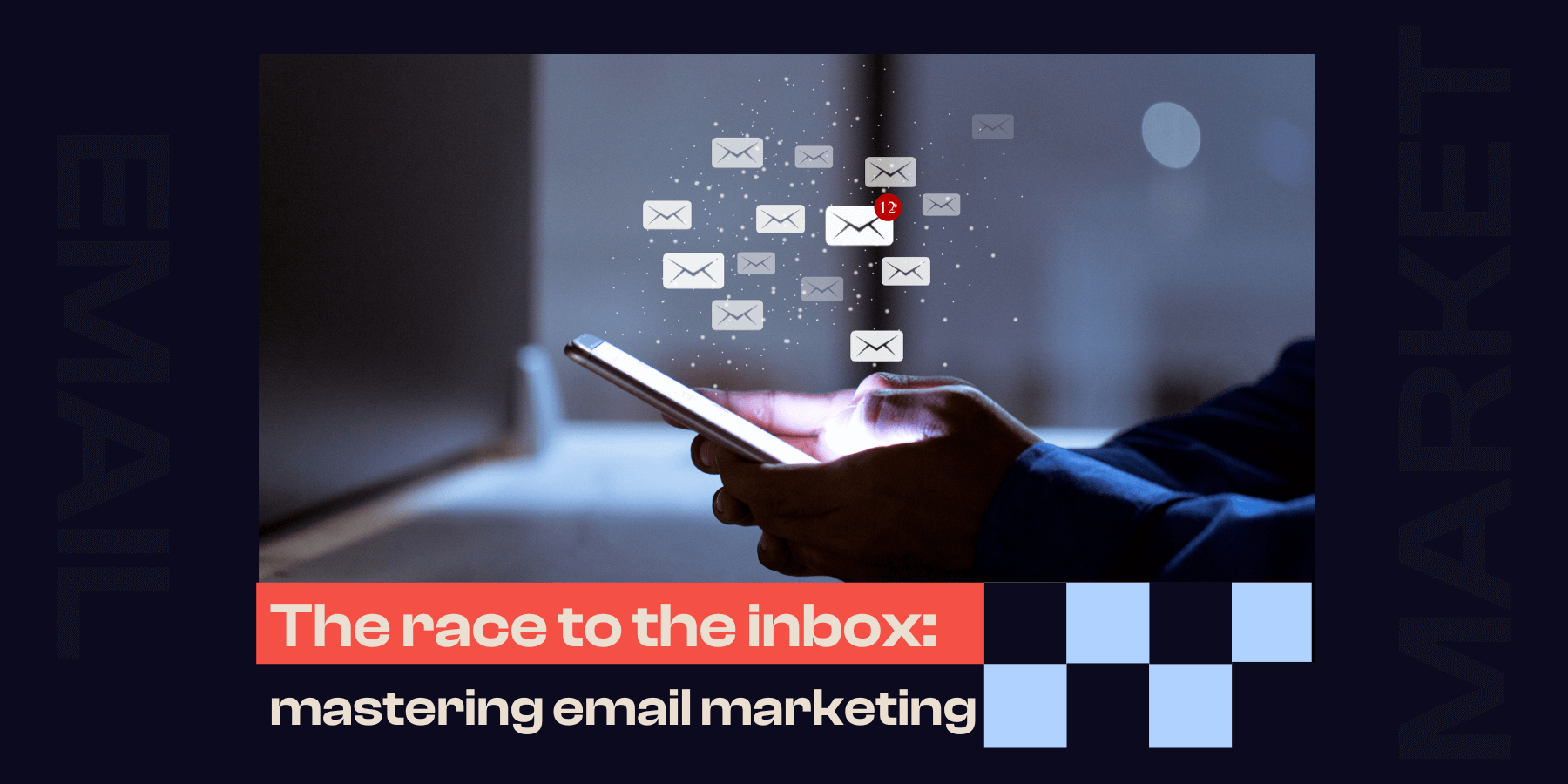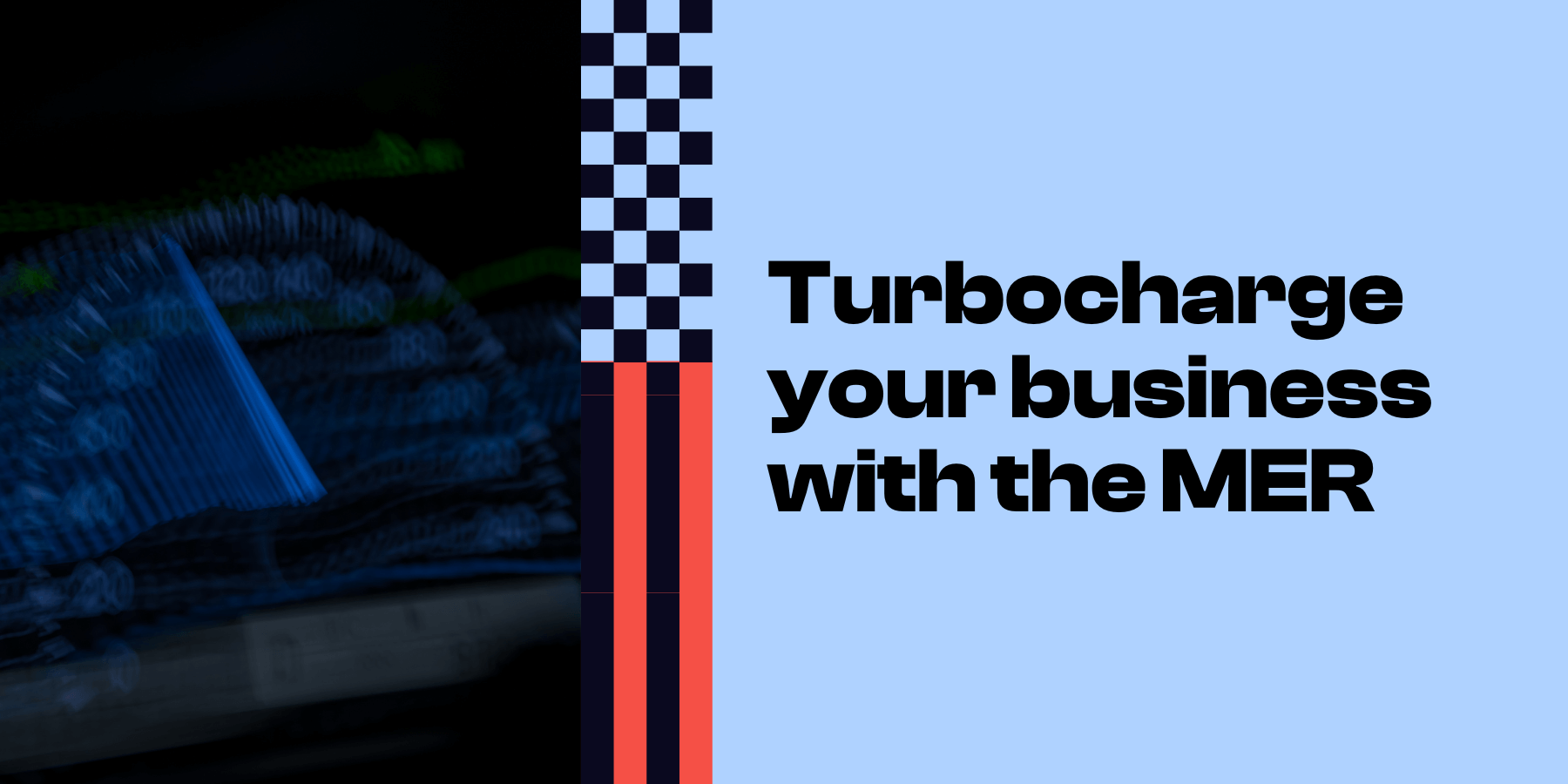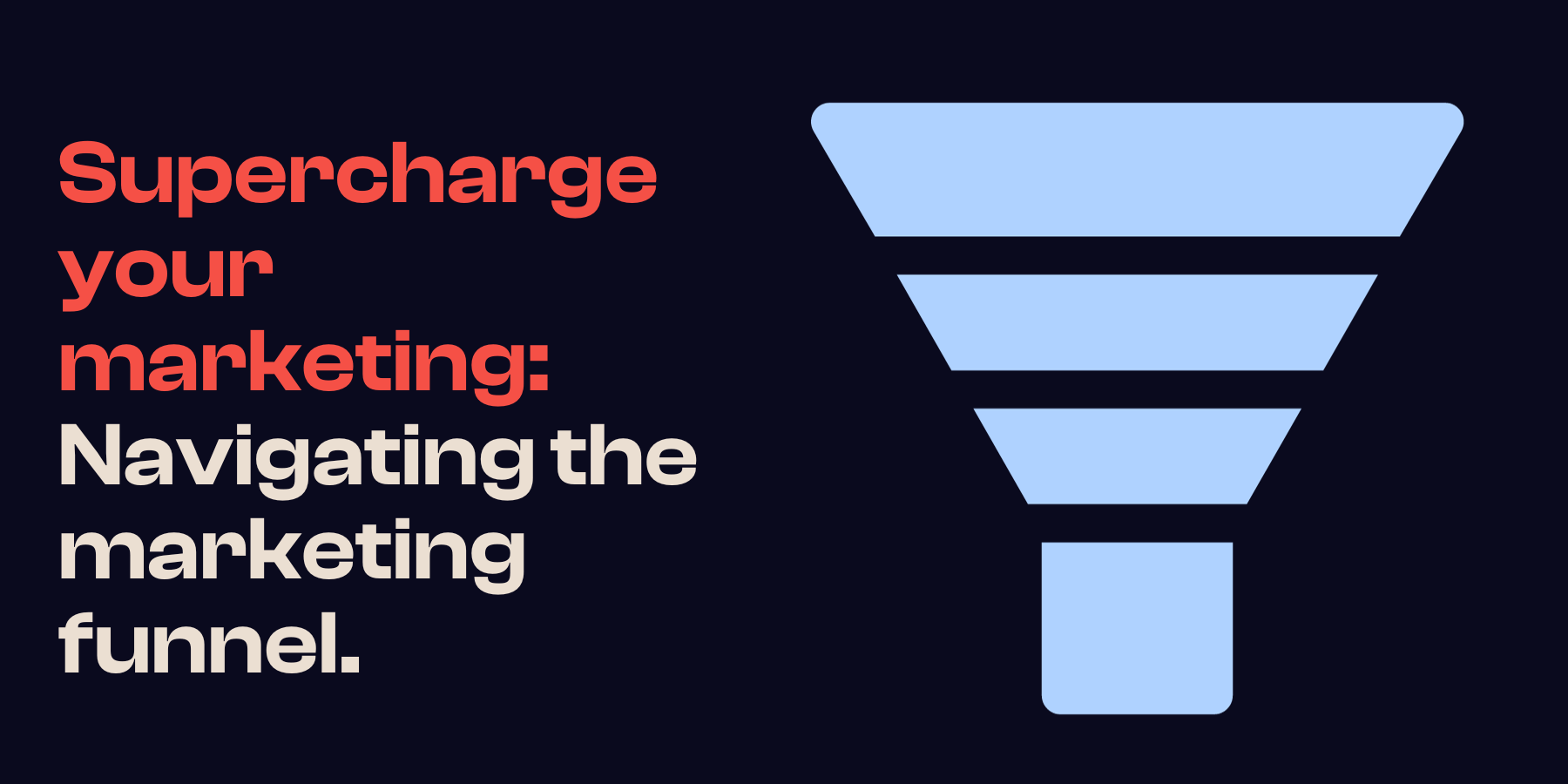The race to the inbox: mastering email marketing

Last updated: 30 November 2023
Do you feel like you are constantly deleting spam emails from your inbox? As a consumer, we feel your pain but as a business, these emails can help bring in new or existing customers. This means we need to make the most out of email marketing, making sure to target as many people as possible with all the services that we provide.
In this blog, we're going to share how to drive your email marketing into top gear and become a winner in the inbox.
Spam laws
Spam is a huge problem, with millions of people getting unwanted emails every day. It can be annoying, time-consuming, and even dangerous. The Australian Communications and Media Authority (ACMA) has strict laws in place to regulate spam, and businesses that break the rules can get seriously fined.
The ACMA's spam laws prohibit businesses from sending unsolicited commercial emails, or emails that don't have a clear and prominent unsubscribe link. Businesses also need to get consent from recipients before sending them commercial emails. To avoid breaking the law, businesses should always get consent before sending commercial emails, make it easy for recipients to unsubscribe, and only send emails that are relevant to the recipient's interests. The ACMA takes spam very seriously, and businesses that break the law can face penalties of up to $250,000, two years in jail, or both.
Ticketek, a leading ticketing company, recently faced a hefty fine of $500,000 for violating spam laws pertaining to text and email spam. The Australian Communications and Media Authority (ACMA) discovered that the company had sent a staggering 57,000 emails and texts to customers who had previously unsubscribed from marketing communications. While Ticketek claimed that these messages were non-commercial and solely intended for ticket holders, the ACMA determined that the content included links promoting web pages, which qualified as marketing materials. This incident serves as a reminder to review your marketing content and maintain a clear and updated unsubscribed contact list.
Here are some additional tips to avoid sending spam:
- Use a reputable email marketing service that complies with spam laws.
- Keep your email lists clean and up-to-date.
- Make sure your emails are relevant and interesting to your recipients.
- Give recipients a clear and easy way to unsubscribe from your emails.
- Don't buy or rent email lists.
- Don't use misleading subject lines or headers.
- Don't send emails that are too long or too frequent.
- Don't use spammy words or phrases in your emails.
- Don't send emails to people who have unsubscribed from your list.
By following these tips, you can help keep your business out of trouble and protect your customers from spam. If you want to know all the laws surrounding emails and spam, check out the ACMA website for more.
The differences between newsletter email, bulk email and cold email
There isn't just one type of email, there are multiple types, each with its own advantages when used in the proper context. One type of email is the newsletter email, which involves sending commercial messages to a group of subscribers who have consented to receiving it. These newsletters typically include monthly updates on your company, providing valuable information for your readers to engage with.
On the other hand, cold emails serve the opposite purpose. They are designed to reach out to people you don't know and try to build a relationship. While cold emails can be effective in creating new relationships, they can also be pointless if not executed properly. It is crucial to conduct research and understand your buyer persona in order to create the desired new relationships.
Bulk emails, on the other hand, involve trying to establish a relationship with the user while spamming them with emails. This form of email marketing is used as a bulk commercial strategy, with the hopes that the recipient will interact with the email after receiving it repeatedly, whether it's every week, day, or even every hour. However, there are significant issues with bulk emails. Users can easily get frustrated and may even block your business if they feel overwhelmed or annoyed by the constant influx of emails.
To avoid these issues and maximise the effectiveness of your email marketing campaigns, it is essential to carefully consider the type of email you are sending and how it aligns with your goals and target audience. Whether it's a newsletter email, a cold email, or a bulk email, understanding your audience and delivering relevant and valuable content is key. By providing meaningful information, personalising your emails, and respecting your subscribers' preferences, you can build strong relationships with your audience and achieve better results from your email marketing efforts.
When should or shouldn’t you subscribe to people without their permission
Before planning to send out your emails, you must have consent from the person receiving them first. Even if it’s someone else in your business sending it out, you need to follow the appropriate audience members. This can be tricky as if you don’t get it right then you could lose a potential client or existing business from your email list.
There are two types of consent (express and inferred) and it’s essential to understand the difference between them. Express consent is when the viewer is aware and accepts that they will receive marketing emails from your business. This type of consent can be given to you by either filling in a form, ticking a box on a website, phone call or face to face. This does not include an electronic signature to ask permission as it’s a marketing message. This means that they are opt-in to be sent bulk messaging directly from your brand through a method that's verifiable
Whereas in some cases you may infer that you have the person’s consent. If the recipient has knowingly and directly given their address and has an ongoing relationship with your business or provable. It can be a slippery slope but it’s your responsibility to know your email list. You need to make sure your mailing list is organised and clear as the Spam Act 2003, it’s up to you to prove that you have a person’s consent.
After obtaining consent from your audience, it is essential to make your email easily identifiable as the sender. Include your contact details and provide a simple and convenient way for recipients to unsubscribe. Including an opt-out link in your emails not only fulfils legal requirements but also builds trust with your audience. It shows that you respect their preferences and allows them to easily opt-out if they no longer wish to receive your emails. It is crucial to promptly remove unsubscribed individuals from your mailing list to honour their decision and ensure compliance with the Spam Act 2003.
Just as the "tea consent" video highlights the significance of consent, the same principle applies to email marketing. Respecting someone's decision not to receive your emails is crucial, and you should never force them to "drink the tea." Sending them numerous emails per month or offering them a cup of tea every day after they expressed interest that one time is not appropriate. While they may have wanted the tea/email yesterday, if they have opted out today, it means they no longer want it.
Remember, opt-out is not a negative aspect of email marketing. It allows you to focus on engaging with those who are genuinely interested in your content and avoids wasting resources on recipients who are not actively engaging. By respecting opt-out requests and continuously improving your email marketing strategies, you can build stronger relationships with your audience and achieve better results.
How to get the most out of your email
Whatever style you prefer to market your emails, it is crucial to use them properly to get the best results and more interactions. There are a lot of factors that can make your email go from being at the bottom of the leaderboard to getting that trophy. It’s crucial that your email is visually appealing to the reader’s eyes as it’s the first thing they see. Your email must include the branding assets of your company like colour, logo and font. This not only creates a cohesive and professional look but also helps to establish brand recognition and trust with your audience. Visual elements can capture attention and make your email stand out from the clutter in a crowded inbox.
But it's not just about the visuals. The content in the email needs to be relevant to your company and values. It's important to show what your pit crew has been working on and any achievements. Your readers are there to read about your company and not hear about generic information. That’s why it’s important to understand who you are talking to and develop your buyer personas. By understanding the values, interests, and pain points of your target audience, you can create content that resonates with them and addresses their specific needs. This targeted approach will help you connect with your audience on a deeper level and increase engagement with your emails.
Another consideration is to personalise the email to your subscribers. Personalisation is a powerful tool in email marketing as it helps to create a more personalised and tailored experience for each recipient. By using their name, birthday, or other relevant information, you can make your subscribers feel valued and special. HubSpot makes personalisation easy with its advanced email marketing tools that allow you to dynamically insert personalised content based on subscriber data. This not only improves engagement but also increases the likelihood of conversions and customer loyalty.
However, all these efforts can go to waste if your sender reputation or ISP is not great. It's important to monitor the amount of emails you're sending each month to avoid being flagged as spam. High bounce rates, unsubscribes, and spam complaints can negatively impact your sender's reputation and deliverability. Additionally, monitoring the amount of positive engagement your emails receive, such as opens, clicks, replies, and forwards, can give you valuable insights into the effectiveness of your campaigns. Lastly, regularly checking whether your company's domain or IP addresses are blacklisted can help ensure that your emails are reaching their intended recipients.
By paying attention to these factors and implementing best practices, you can maximise the effectiveness of your email marketing campaigns and drive better results. Remember, the goal is not just to send emails, but to create meaningful connections with your audience and provide them with valuable content that keeps them engaged and interested in your brand.
Graymail: what it is and what happens when you send it or turn off HubSpot’s engaged recipients function
Graymail is an email that's not quite spam, but it's not really wanted either. It's often sent to people who haven't explicitly agreed to receive it, but who may have given their contact info to a company or organisation in the past. Graymail can include things like newsletters, promotional offers, and surveys.
When you send graymail, you risk annoying your recipients and damaging your reputation. Recipients may mark your email as spam, which can lower your sender's reputation and make it harder for your future emails to reach their inboxes. They may also unsubscribe from your email list, which means you'll lose a valuable contact.
To avoid sending graymail, only send email to people who have explicitly agreed to receive it. You should also ensure your email is relevant and interesting to your recipients. And, you should give your recipients an easy way to unsubscribe from your email list if they no longer want to receive it.
HubSpot's engaged recipients' function allows you to send emails to people who have opened or clicked on your emails in the past. This can help you avoid sending graymail, as you can be confident that your recipients are at least somewhat interested in what you have to say. However, it's important to note that even engaged recipients may unsubscribe from your email list if they no longer find it relevant or interesting.
Get your email over the finishing line
Now you know everything about email marketing. Our team of experts is here to provide guidance and support for successful email campaigns.
We can assist with crafting compelling content, designing visually appealing templates, and optimizing strategies for better engagement and conversion rates.
If you're running your first email campaign, be sure to explore our e-book for valuable insights to optimize your efforts and achieve the best possible results.







